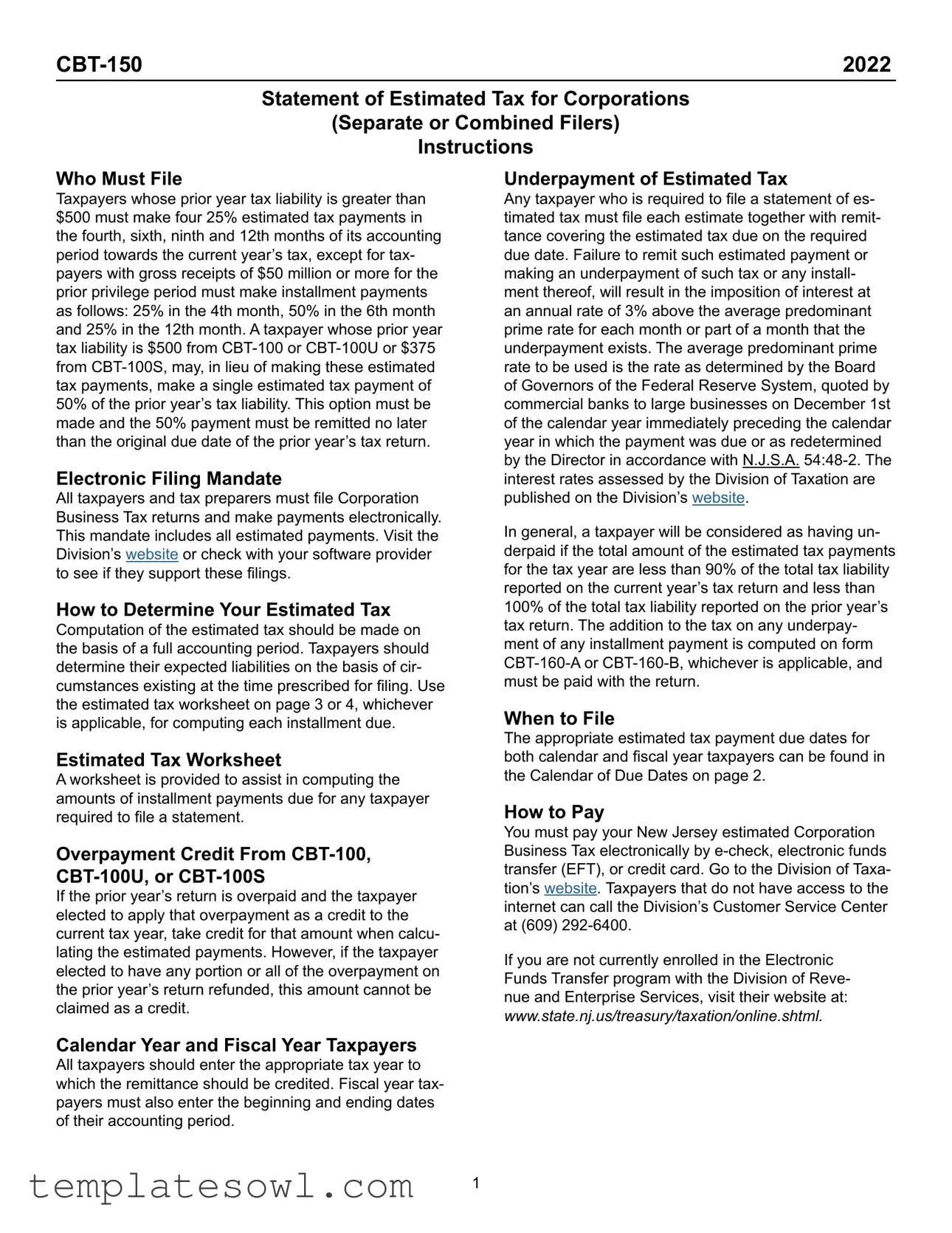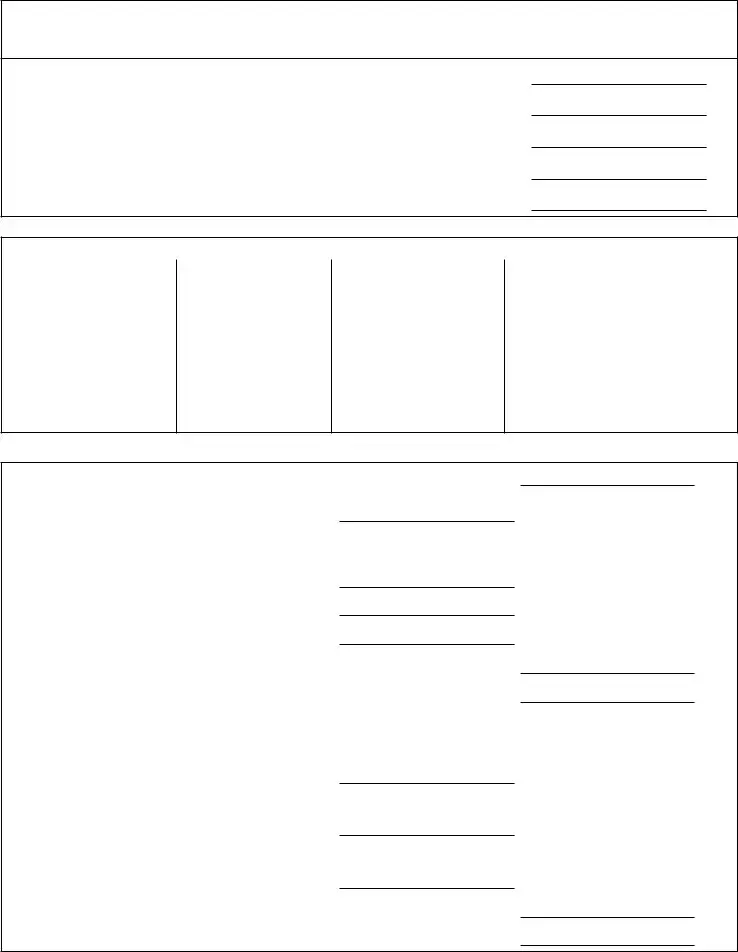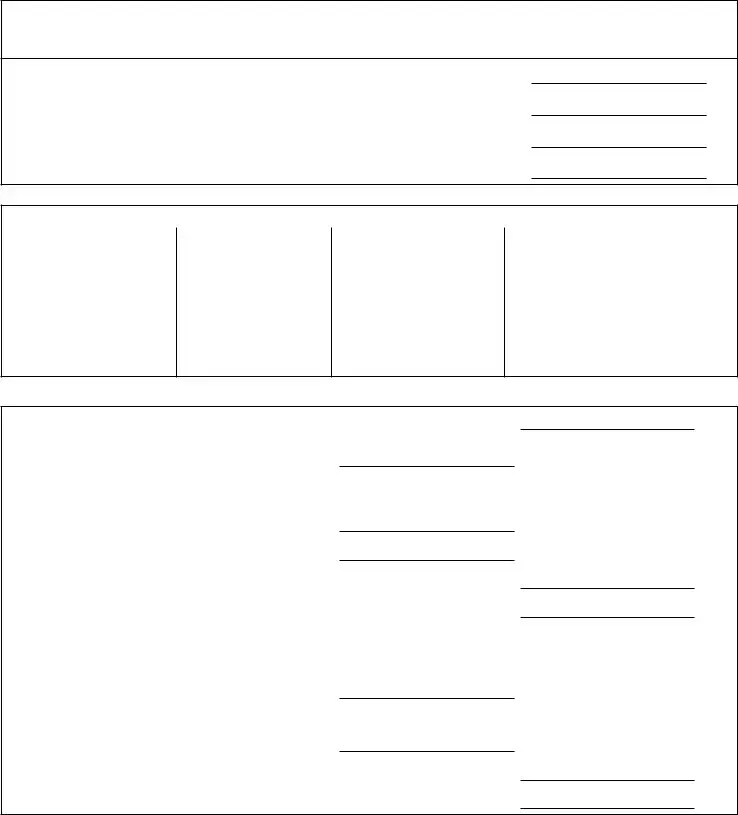Estimated Tax Worksheet for Taxpayers With Gross Receipts
Less Than $50,000,000 in the Prior Privilege Period
(Keep for your records – DO NOT FILE)
1. |
Total estimated tax for the current year |
1. |
2. |
Voucher 1 due (enter 25% of line 1) |
2. |
3. |
Voucher 2 due (enter 25% of line 1) |
3. |
4. |
Voucher 3 due (enter 25% of line 1) |
4. |
5. |
Voucher 4 due (enter 25% of line 1) |
5. |
Record of Estimated Tax Payments
|
Voucher |
(a) |
(b) |
(c) |
(d) |
|
Overpayment Credit From |
Total Amount Paid and Credited For |
|
Number |
Date |
Amount |
|
Last Year’s Return |
This Installment (Add (b) and (c)) |
|
|
|
|
|
1 |
|
|
|
|
|
|
|
|
|
|
|
2 |
|
|
|
|
|
|
|
|
|
|
|
3 |
|
|
|
|
|
|
|
|
|
|
|
4 |
|
|
|
|
|
|
|
|
|
|
Total
Amended Computation (Use if your estimated tax changes after you have filed one or more estimated tax vouchers.)
1. Enter the amended estimated tax.........................................................................
2. Less (a) Amount of overpayment credit from last
year’s return (see instructions)...............
(b) Previous estimated tax payment(s)
made this year:
From Voucher 1.....................................
From Voucher 2.....................................
From Voucher 3.....................................
(c) Total lines 2a and 2b...............................................................................
3. Unpaid balance (subtract line 2c from line 1).........................................................
4. Unpaid balance to be paid as follows:
(a) On Voucher 2 if unused – 50% of amended estimated tax (line 1) less payments made (line 2c).......................
(b) On Voucher 3 if unused – 75% of amended estimated tax (line 1) less payments made.....................................
(c) On Voucher 4 – 100% of amended estimated tax (line 1) less payments made......................................................
(d) Total of lines 4a, 4b, and 4c....................................................................
5. Subtract line 4d from line 3. (If result is not zero, review calculations)..................




